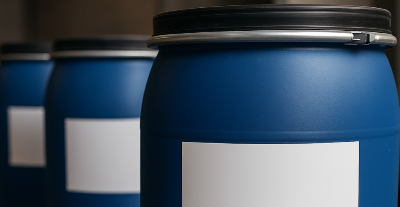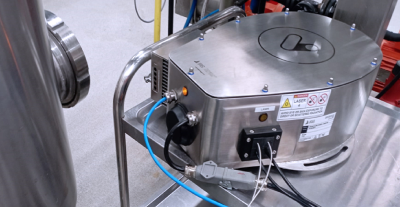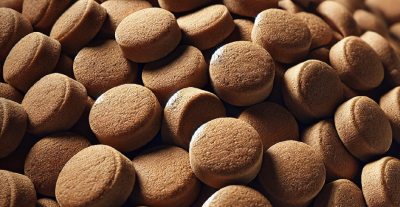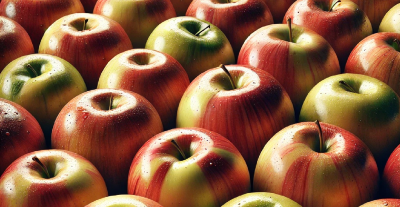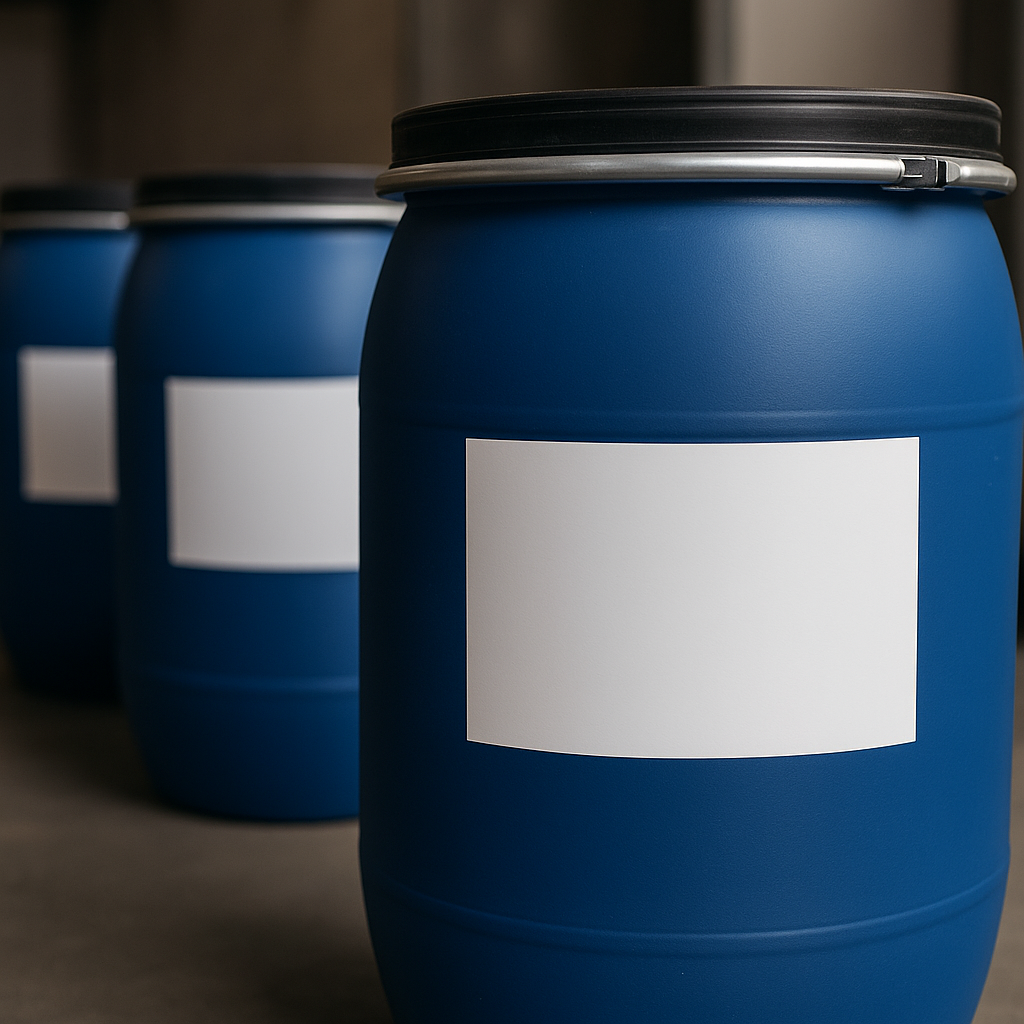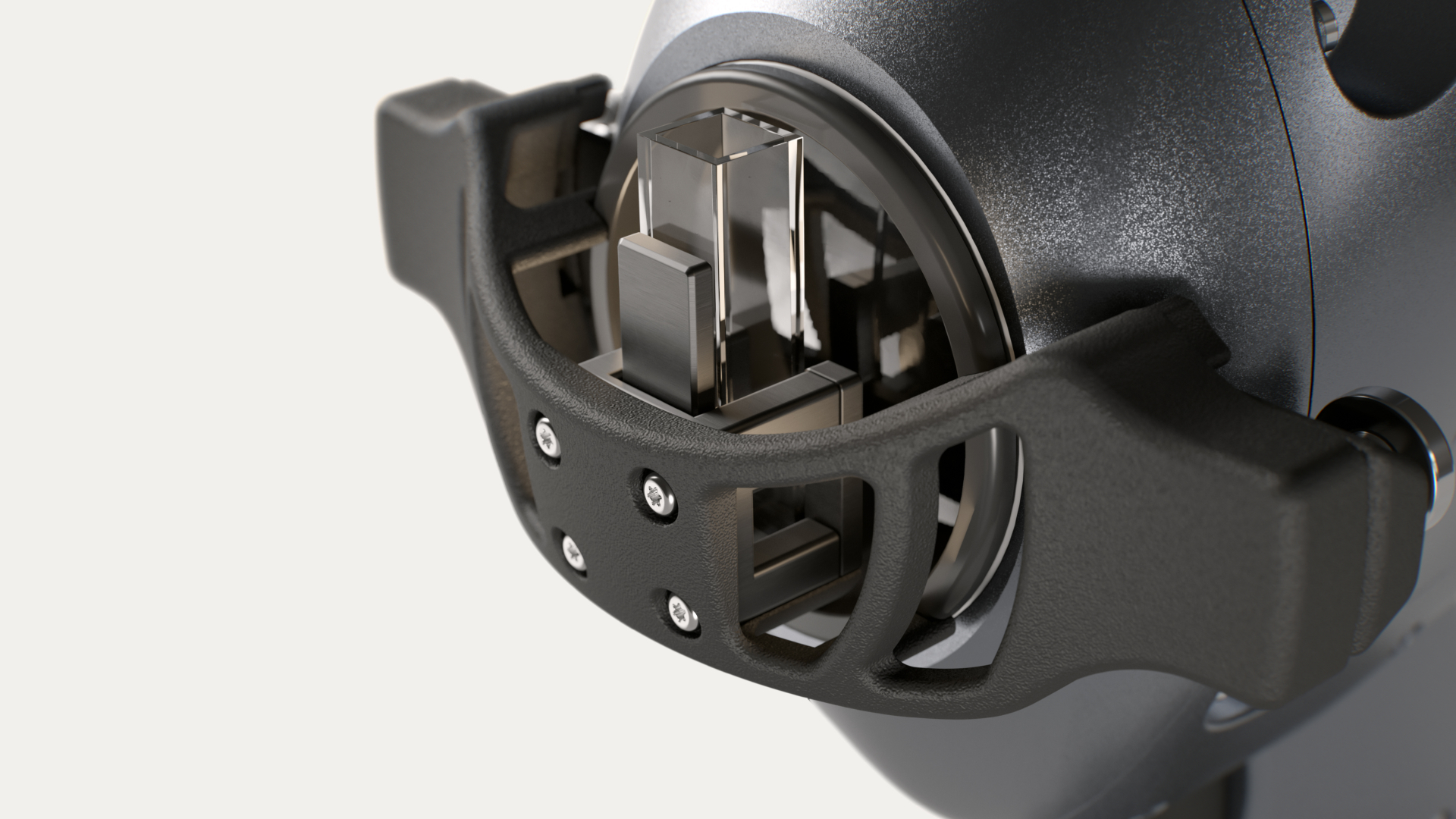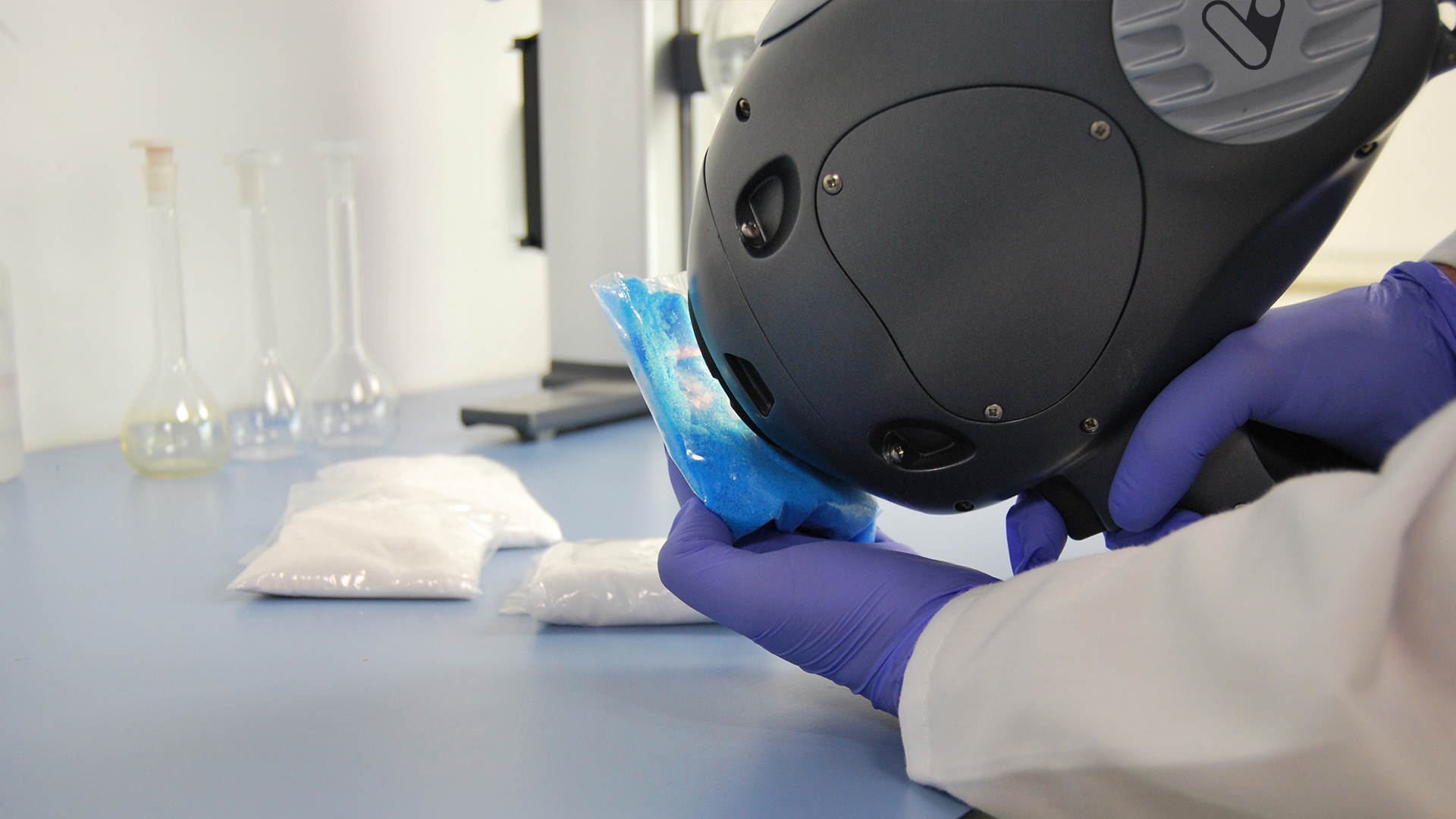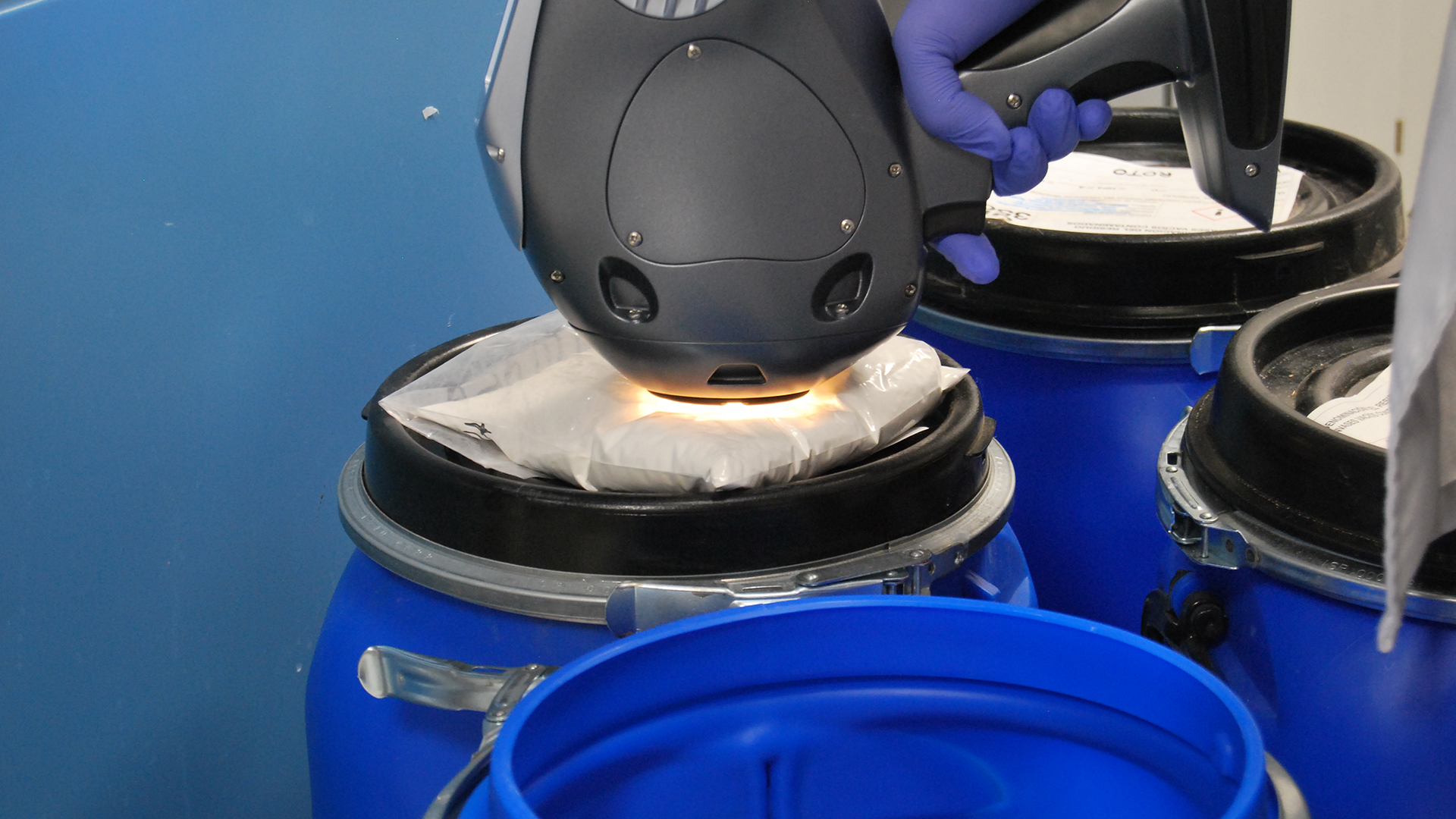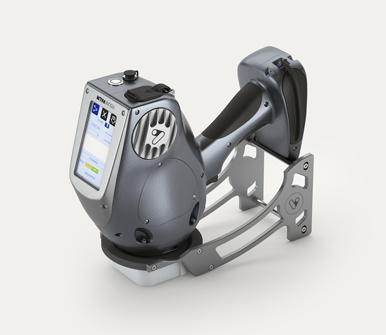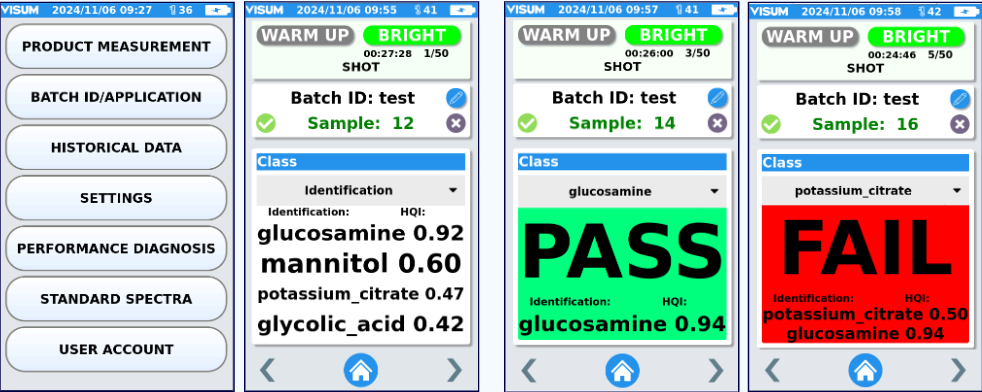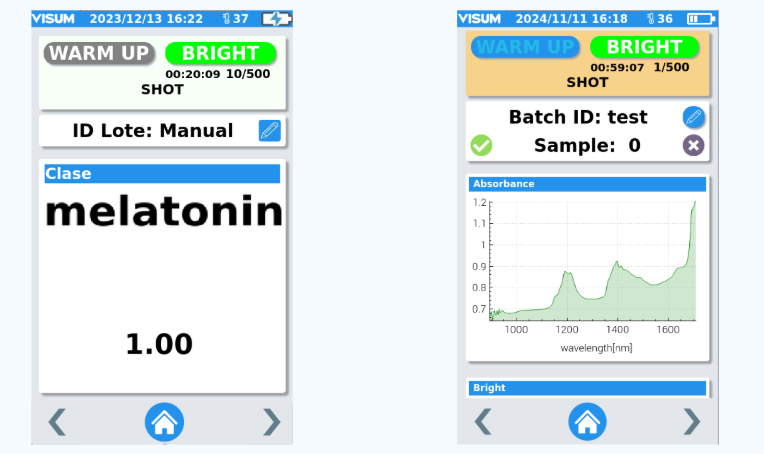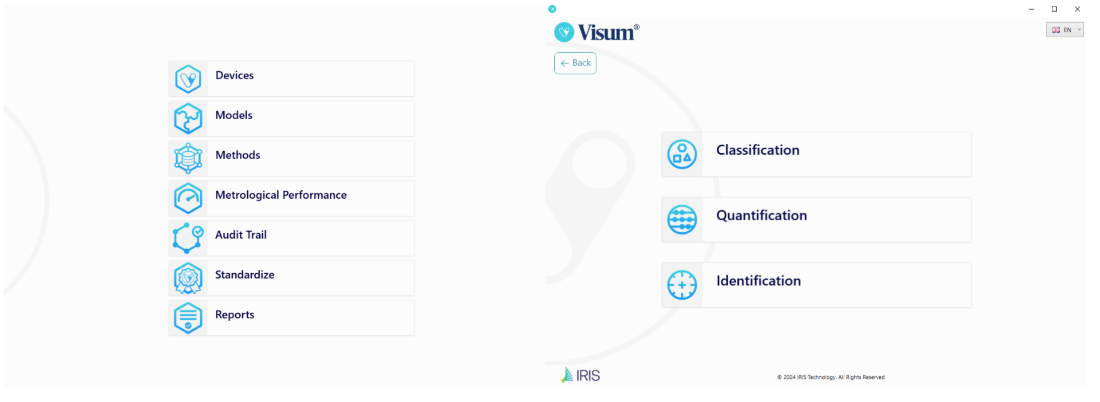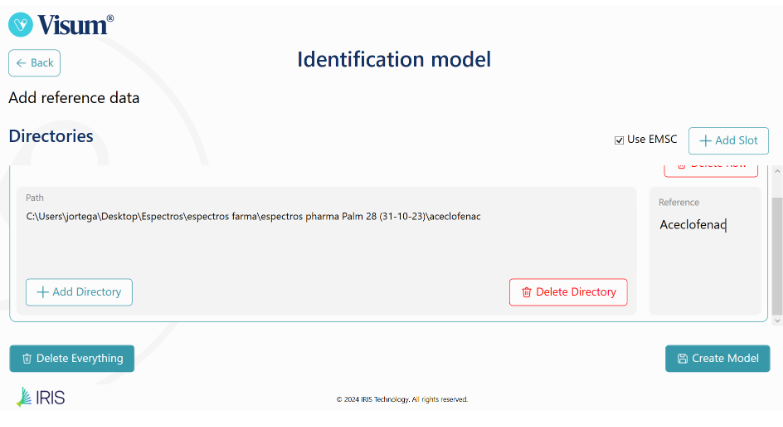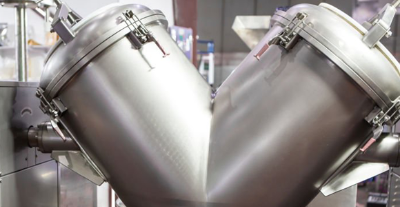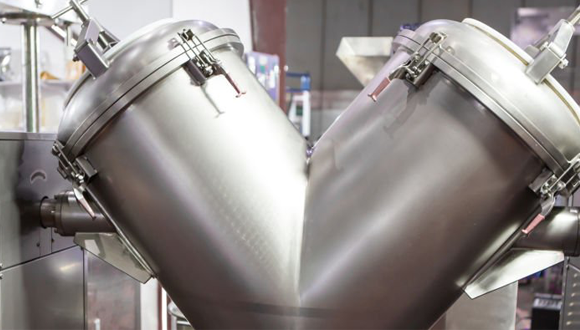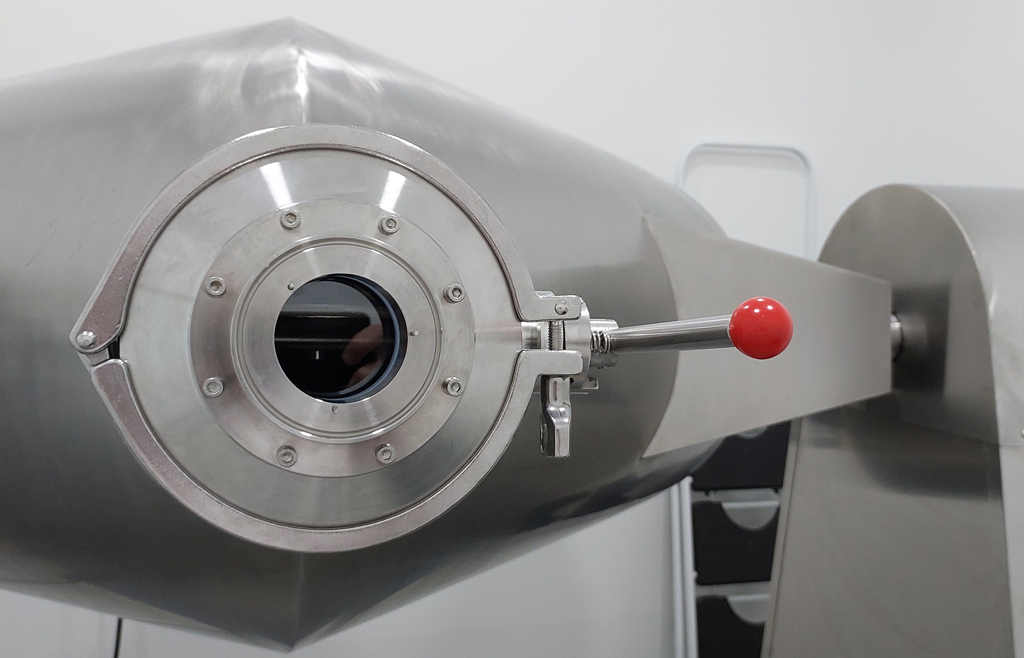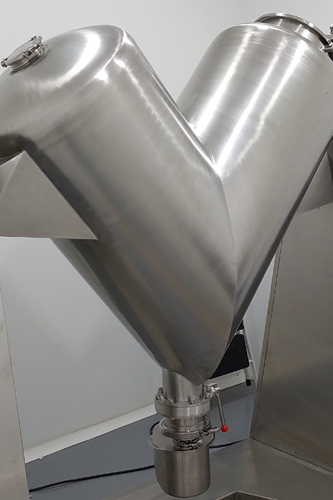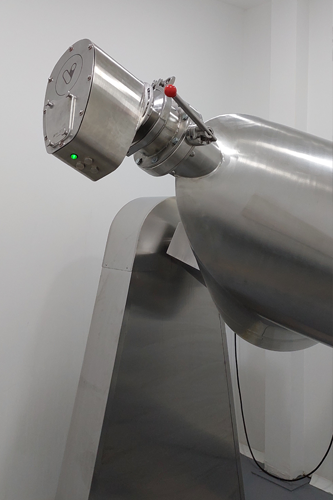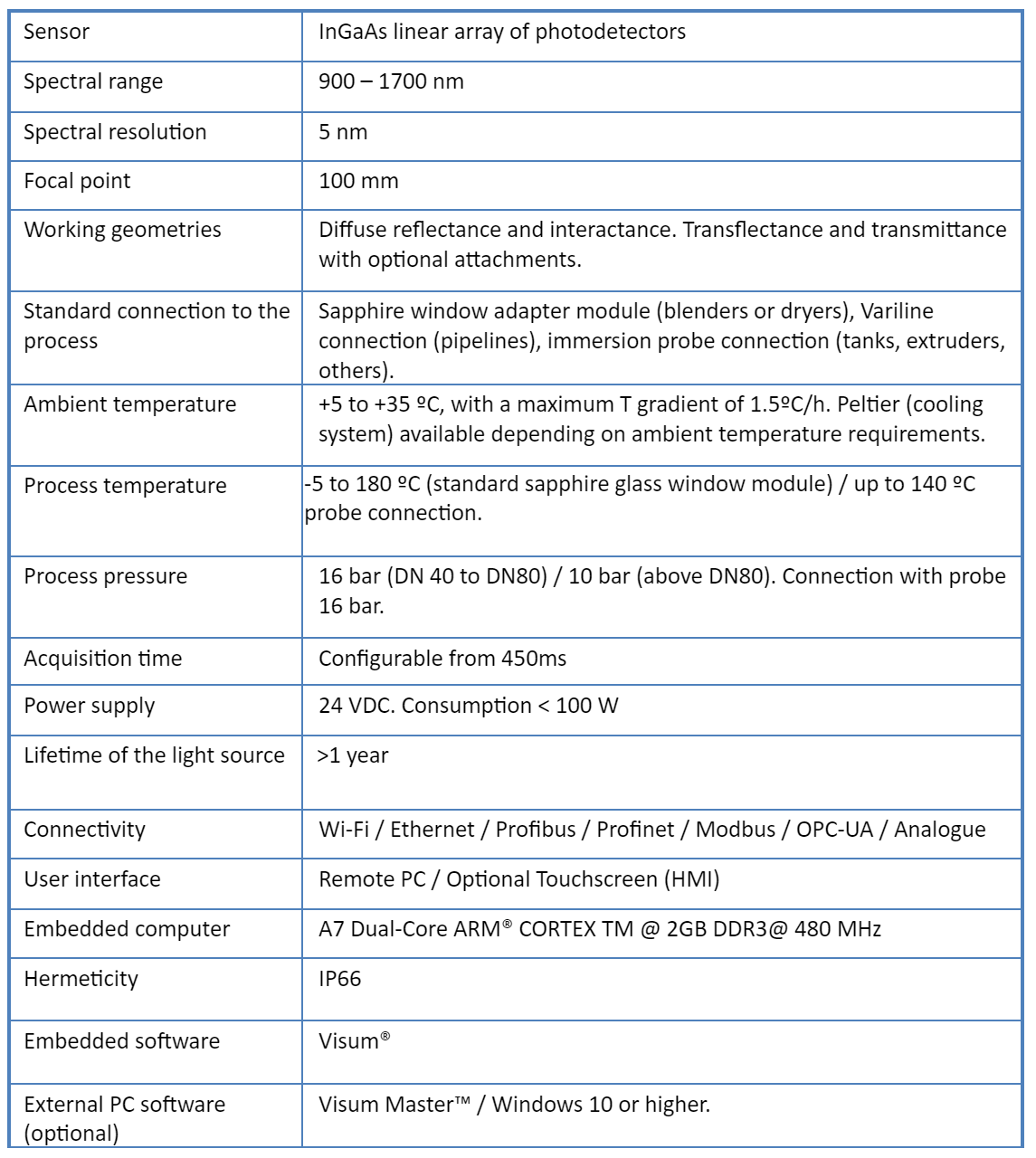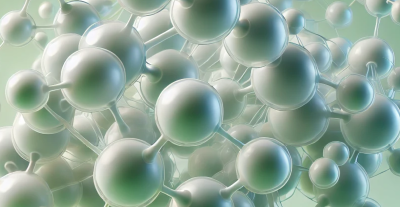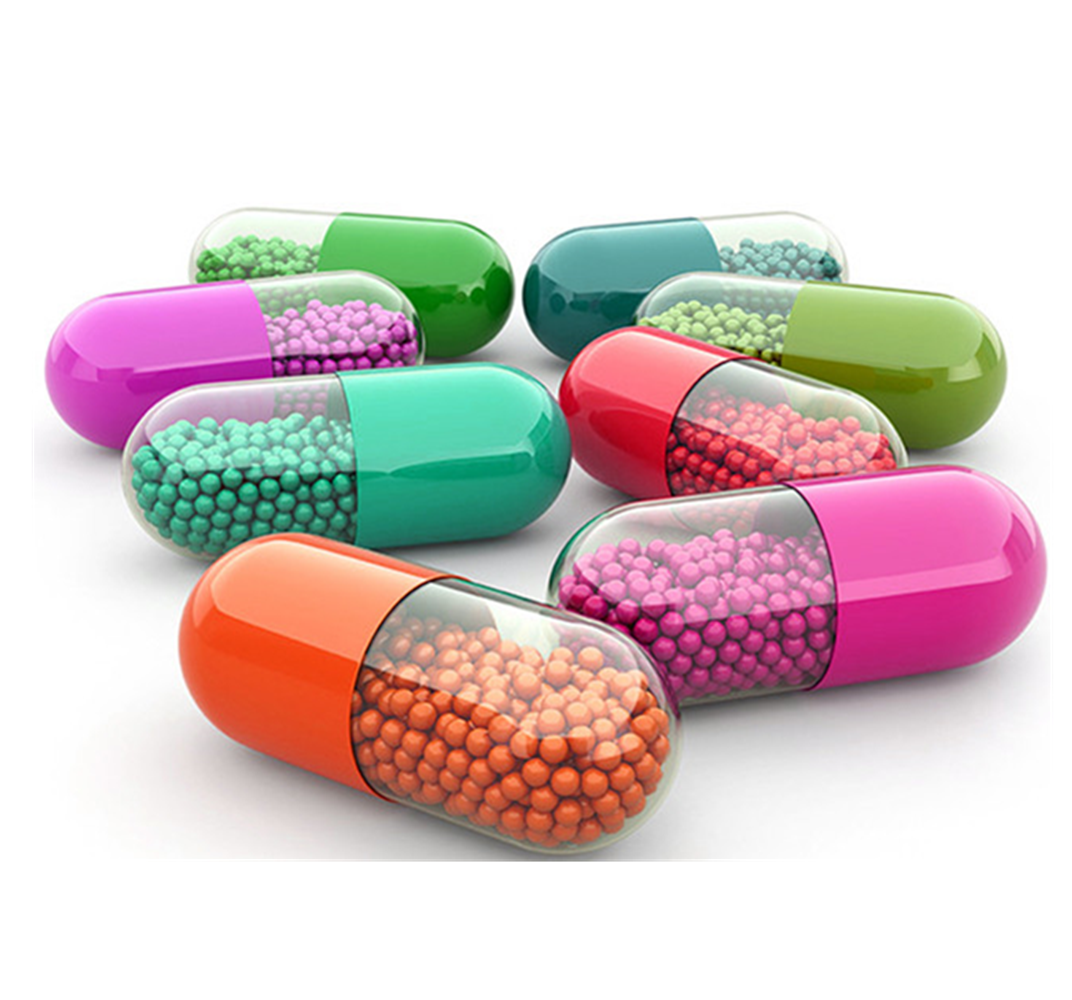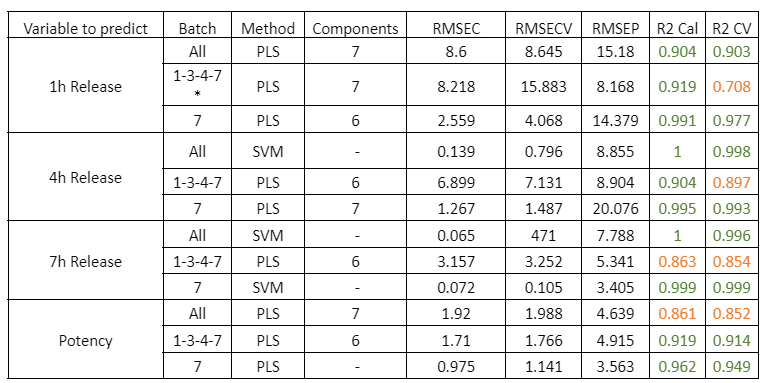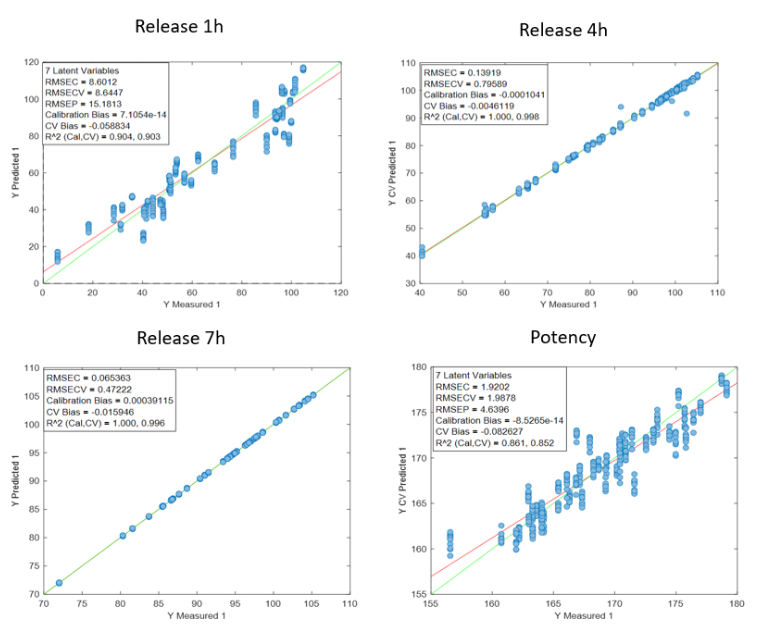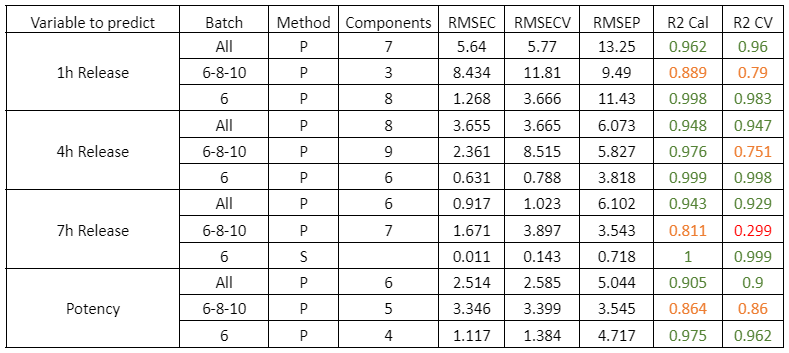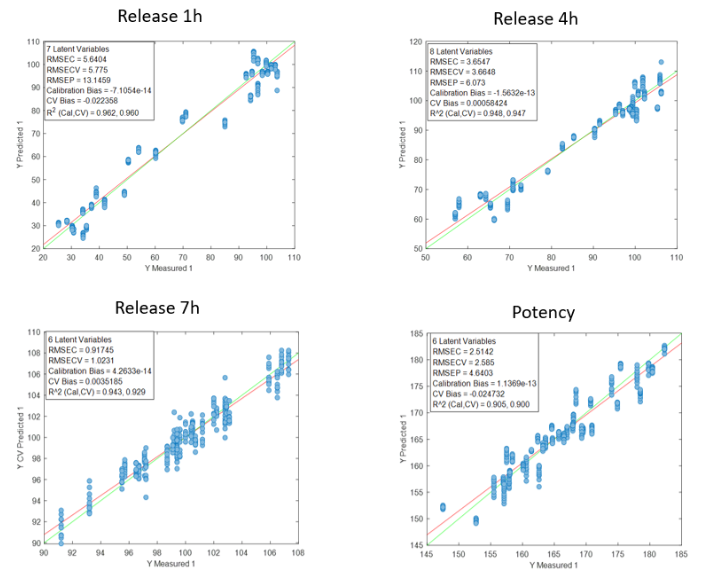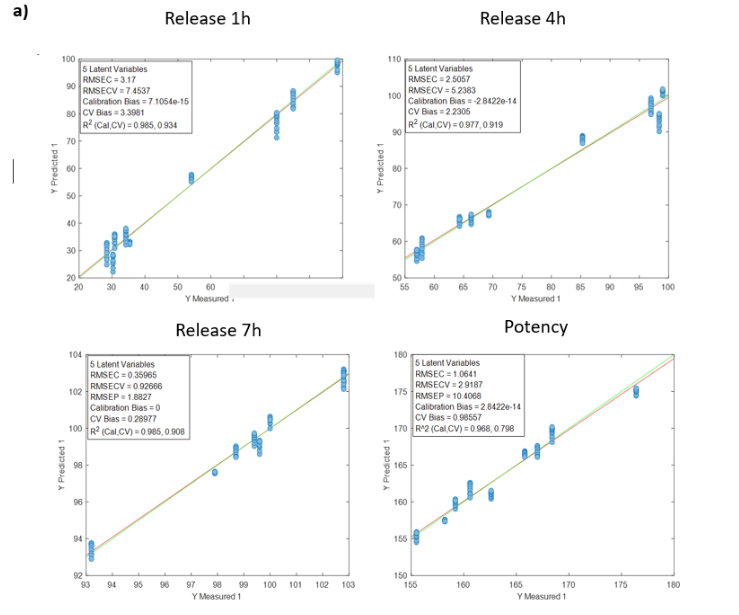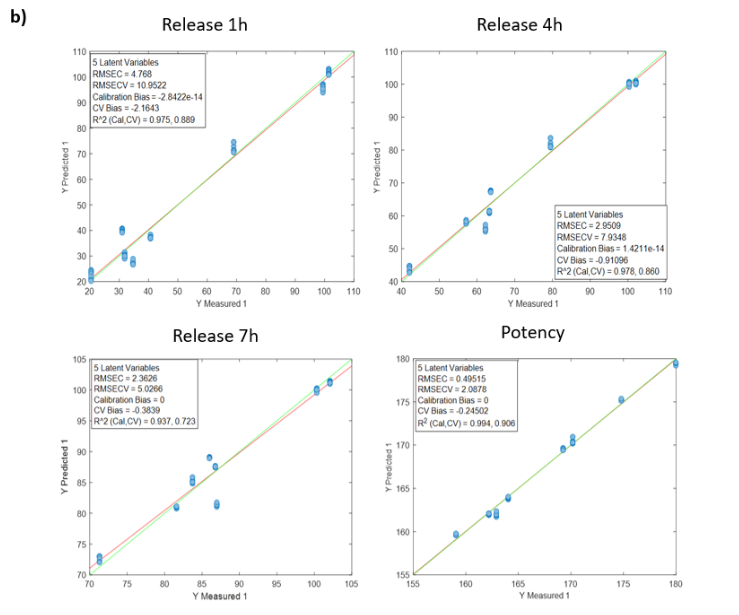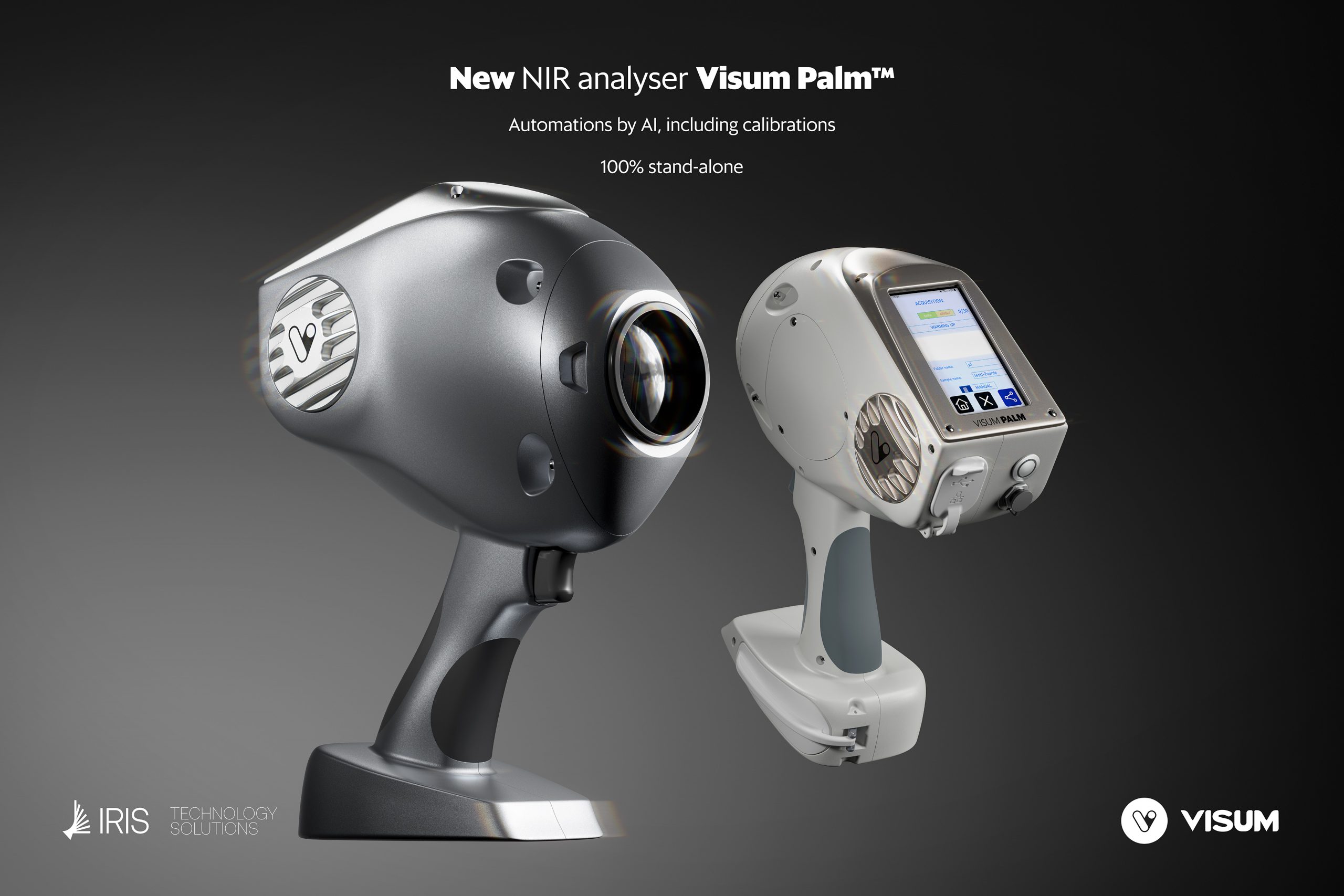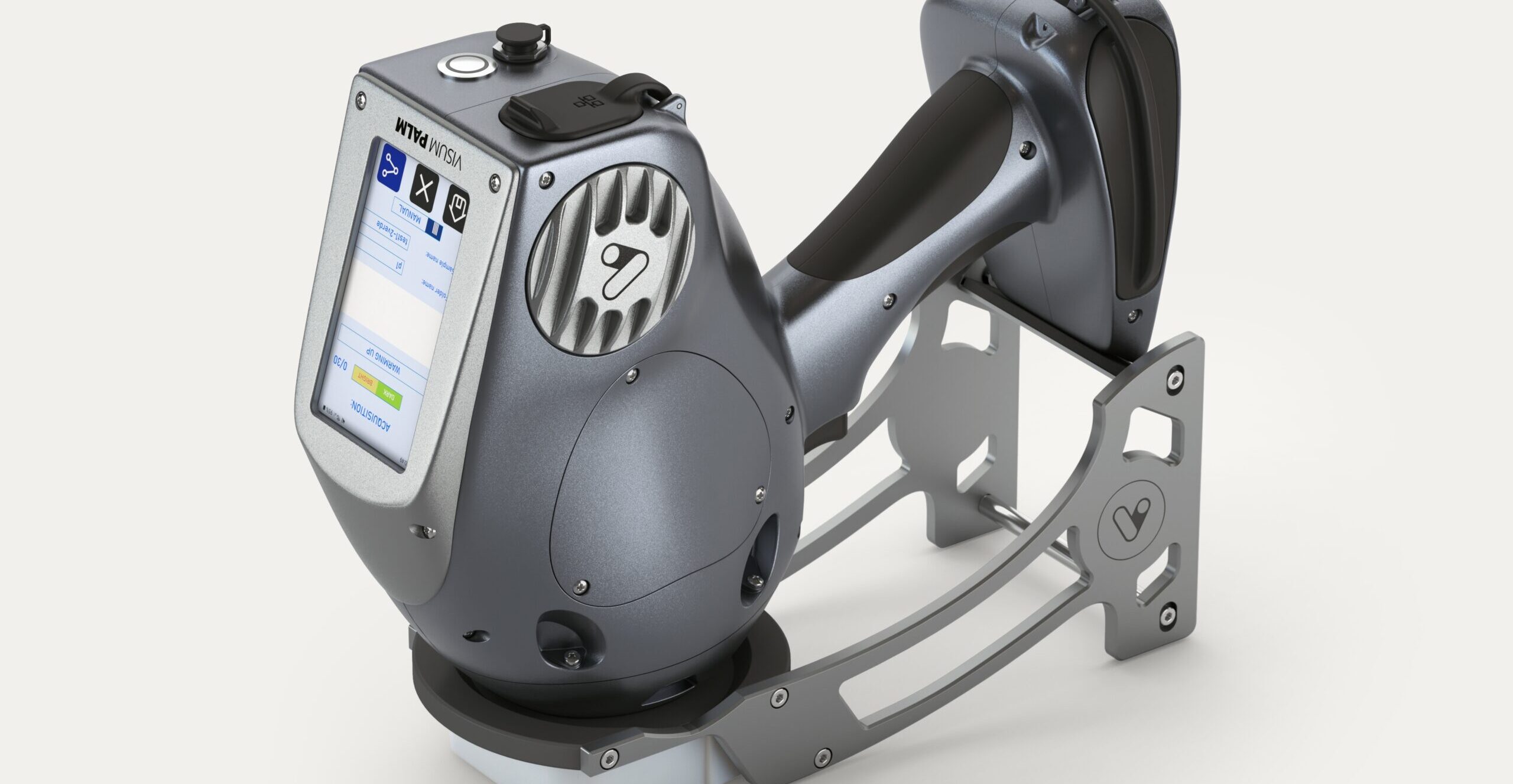
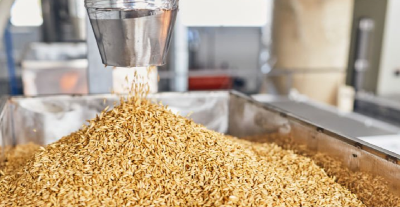 Real-time NIR grain analysis
Real-time NIR grain analysis
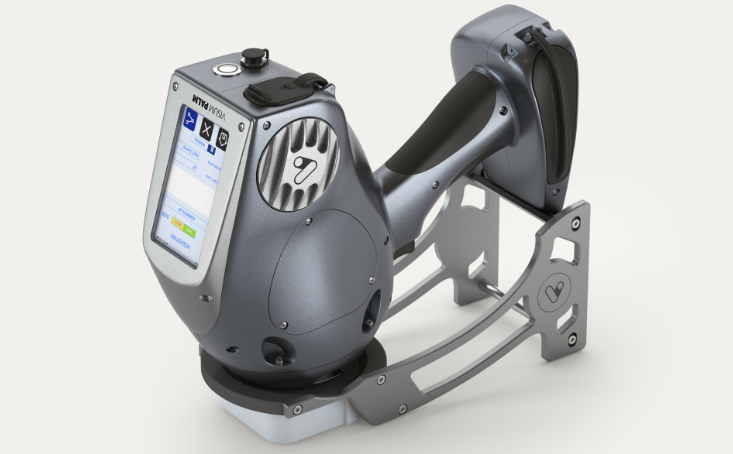 Piyasadaki en iyi taşınabilir NIR analizörü hangisi? Visum Palm™ ile diğer taşınabilir analizörlerin karşılaştırması
Piyasadaki en iyi taşınabilir NIR analizörü hangisi? Visum Palm™ ile diğer taşınabilir analizörlerin karşılaştırması

Visum Palm GxP: yeni farmasötik ürünler için NIR analizörü
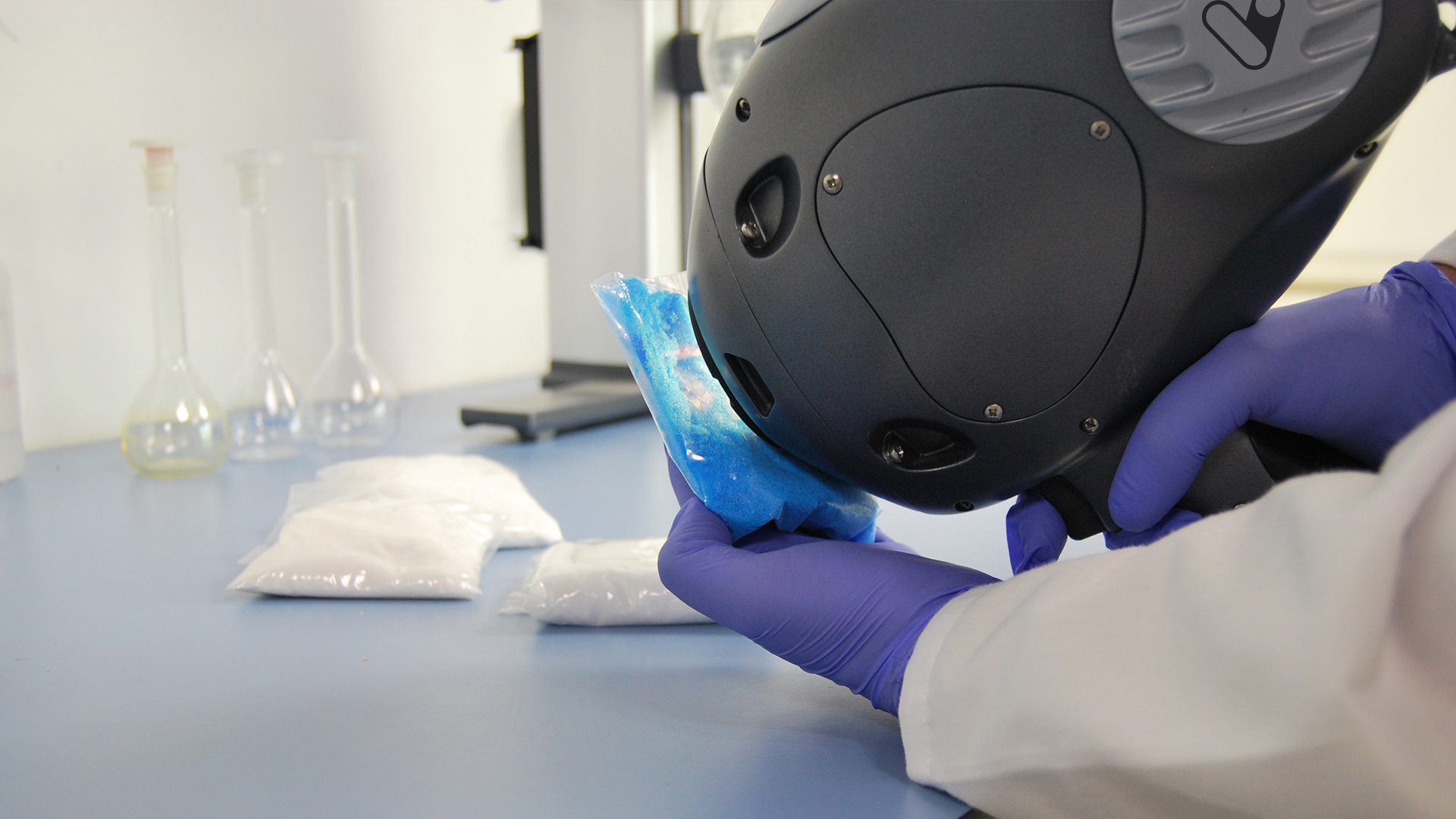
Visum Palm GxP: yeni farmasötik ürünler için NIR analizörü
Visum Palm GxP, IRIS Technology Solutions tarafından tasarlanan en son farmasötik ürünler için NIR analizörüdür. Bu taşınabilir, sağlam ve valide edilebilir cihaz, ilaç endüstrisinin kalite kontrolünü, lot serbest bırakmasını ve hammadde doğrulamasını yapma şeklini yeniden tanımlıyor; hız, doğruluk ve düzenleyici uyumluluğu tek bir ekipmanda sunuyor.
900–1700 nm spektral aralık ve 4500:1 sinyal/gürültü oranıyla Visum Palm GxP her ölçümde güvenilir sonuçlar sağlar. Self-contained mimarisi ve gömülü yazılımı, GMP ortamlarında, hem laboratuvar hem üretim hem de depoda ideal bir araç haline getirir.
Neden farmasötik ürünler için NIR analizörü seçilmeli?
Yakın kızılötesi spektroskopisi (NIR), ilaç endüstrisi için kilit bir teknoloji haline gelmiştir. Numuneleri tahribatsız, hazırlık gerektirmeden ve neredeyse anında analiz etmeyi sağlar. Bir farmasötik ürünler için NIR analizörü aşağıdaki avantajları sunar:
-
Hammaddelerin hızlı tanımlanması, hatta şeffaf ambalajlar üzerinden.
-
Çevrim içi ve gerçek zamanlı proses kontrolü.
-
İçerik uniformitesi ve nemin değerlendirilmesi (loss-on-drying).
-
Lot serbest bırakmanın optimize edilmesi, QC’de bekleme sürelerini azaltma.
Visum Palm GxP, bu yetenekleri daha da ileri taşıyarak yüksek kaliteli donanımı ve gelişmiş yazılım araçlarını uluslararası düzenlemelerin en zorlu gerekliliklerini karşılamak üzere birleştirir.

Visum Palm GxP’nin ana özellikleri: teknik spesifikasyonlar
Visum Palm GxP, özellikle farmasötik ürünler için NIR analizörü olarak geliştirilmiştir ve 21 CFR Part 11, USP <1119>, Ph. Eur. <2.2.40> ve GAMP 5 gibi standartlarla uyumludur. Öne çıkan teknik özellikleri:
-
Spektral aralık: 900–1700 nm
-
Tasarım: self-contained analizör (bilgisayar, gömülü yazılım ve dokunmatik ekran). Harici bilgisayar, tablet veya telefon gerekmez. GMP ortamlarında günlük operasyonları ve kalifikasyon görevlerini basitleştirir.
-
Spektral çözünürlük: 5 nm, 256 kanal (piyasadaki taşınabilir analizörler arasında en yüksek çözünürlük).
-
Sinyal/gürültü oranı: 4500:1 (USP 1119 standardının neredeyse iki katı).
-
Ölçüm alanı: 10 mm, 50 mm aydınlatma ile.
-
Ölçüm süresi: 3 saniye.
-
Geometri: difüz yansıma; opsiyonel aksesuar ile transflektans.
-
Ağırlık: 1,8 kg, IP54–IP66 koruması.
-
Pil ömrü: şarj edilebilir ve değiştirilebilir batarya ile 5 saate kadar.
Bu özellikler, zorlu üretim koşullarında bile analiz güvenilirliğini garanti eder.
Düzenleyici uyumluluk ve güvenlik
Visum Palm GxP, piyasadaki en eksiksiz taşınabilir farmasötik ürünler için NIR analizörü olarak tasarlanmıştır ve GMP düzenlemeleriyle uyum sağlamak için gelişmiş işlevler sunar, özellikle CFR 21 Part 11 (FDA):
-
Tüm operasyonların ve sonuçların izlenebilirliği ile tam audit trail (kim, ne yaptı, ne zaman).
-
Günlük cihaz işlev kontrolü ve alarmlar.
-
Rol tabanlı erişim kontrolü (Analist, Süpervizör, Kullanıcı yöneticisi).
-
Çift doğrulamalı elektronik imza (Analist ve Süpervizör).
-
Şifre güvenliği politikaları, kurtarma ve otomatik oturum kapatma.
-
Veri yedekleme ve güvenli geri yükleme.
Tüm bu özellikler sonuç bütünlüğünü garanti eder ve düzenleyici denetimleri kolaylaştırır.
Visum Master™ GMP yazılımı: NIR’a uygulanmış zeka
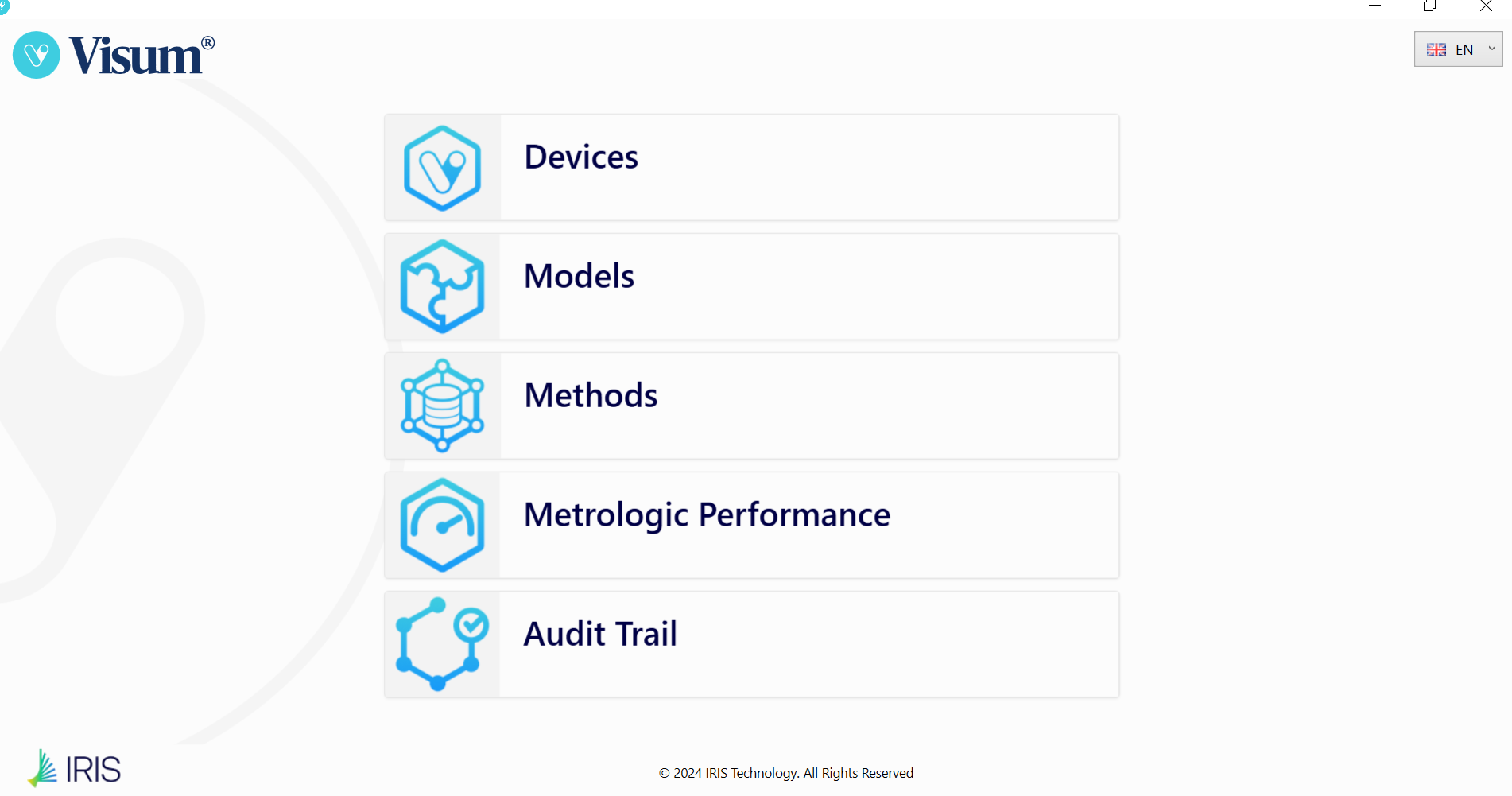
Farmasötik ürünler için NIR analizörü Visum Palm GxP’nin temel bileşenlerinden biri yazılım ekosistemidir:
-
Visum Master™ GMP, ileri kemometri bilgisi gerektirmeden kimlik doğrulama kütüphaneleri ve kantitatif yöntemler oluşturmayı sağlar. Dahili Model Builder sayesinde NIR kütüphane geliştirme sürecini otomatikleştiren tek yazılımdır.
-
ICH Q2(R2) ile uyumlu raporlar otomatik olarak üretir, dahili veya harici validasyonlar için kullanışlıdır.
-
Otomatik tanılamalar, kullanıcı yönetimi ve USP, Ph. Eur. ve JP18’e uygun dalga boyu doğruluğu, gürültü ve fotometrik lineerlik doğrulama araçları içerir.
Sonuç: farmasötik tesislerde farklı süreçlere uyarlanabilir, basit ve güvenli bir iş akışı. Ayrıca Visum Master™ yazılımı sınıf 4’tür; bu, bir farmasötik ürünler için NIR analizörü uygulamasında kalifikasyon görevlerini büyük ölçüde kolaylaştırır.
Farmasötik ürünler için NIR analizörünün potansiyelini artıran aksesuarlar
Visum Palm GxP, laboratuvar ve üretim ihtiyaçlarını karşılamak için özel tasarlanmış aksesuarlarla donatılmıştır:
-
Katılar, granüller ve tozlar için masaüstü numune tutucu.
-
1–10 mm küvet tutucu, transflektans modunda sıvı analizi için. Tek kullanımlık veya yeniden kullanılabilir küvetlerle uyumlu.
-
Mini örnekleyici ve yüzey düzleştirici.
-
Hızlı izlenebilirlik için opsiyonel barkod okuyucu.
Bu aksesuarlar cihazı farklı numune formatlarına (ince tozlardan granüllere veya sıvılara) uyarlarken, aynı zamanda elle tutulan veya masaüstü farmasötik ürünler için NIR analizörü olarak kullanım esnekliği sunar.
Farmasötik ürünler için NIR analizörü Visum Palm GxP kullanım alanları
Visum Palm GxP, hammadde kabulünden lot serbest bırakmaya kadar geniş uygulama yelpazesi sunar. Taşınabilir tasarımı, valide edilebilir yazılımı ve yüksek sinyal/gürültü oranı ile GMP standartlarını karşılamak ve iş akışlarını optimize etmek için vazgeçilmezdir.
Hammaddelerin tanımlanması
Visum Palm GxP, aktif farmasötik bileşenleri (API) ve yardımcı maddeleri saniyeler içinde tanımlar ve doğrular, hatta şeffaf veya yarı şeffaf ambalajı açmadan. Bu özellik kalite kontrol sürelerini kısaltır, çapraz kontaminasyon riskini azaltır ve giriş kontrolünde insan hatasını en aza indirir.
NIR teknolojisi özellikle organik hammaddeler için etkilidir; hidratlı, higroskopik veya çözeltide olduklarında inorganik maddeleri doğrulamak için de kullanılabilir. Raman taşınabilir analizörleri ile karşılaştırıldığında, farmasötik ürünler için NIR analizörü daha hızlı, ekonomik ve güvenlidir. Raman analizörleri, saf iyonik bileşikleri (NaCl, KCl, HCl) veya floresans yayan maddeleri tanımlamada sınırlamalara sahiptir.
Visum Palm GxP ayrıca tedarikçi ve lot farklılıklarını kapsayan güçlü kimlik kütüphaneleri oluşturmayı kolaylaştırır, böylece USP ve Ph. Eur. farmakopelerine uyum sağlar. Bu sayede farmasötik ürünler için NIR analizörü, tedarik zinciri bütünlüğü için ilk savunma hattı görevi görür.
Buradan Visum Palm GxP’nin farmasötik hammaddelerin tanımlanmasında kullanımına dair bir application note inceleyebilirsiniz: burada.
İçerik uniformitesi ve kantifikasyon
4500:1 sinyal/gürültü oranı ve 5 nm spektral çözünürlük, Visum Palm GxP’yi kantitatif modeller için ideal hale getirir. Bu modeller, tablet, kapsül, granül, emülsiyon, sıvı veya toz karışımlarında içerik uniformitesini değerlendirmeye ve API ile yardımcı maddelerin tam konsantrasyonunu belirlemeye olanak tanır.
Farmasötik ürünler için NIR analizörü, kantitatif modelleri tamamen otomatik şekilde eğitme kapasitesine sahiptir ve elde edilen sonuçların kalitesini değerlendirmek için çevrimdışı validasyon örnekleriyle birlikte kullanılabilecek araçlar ve metrikler sunar. Ayrıca otomatik rapor, analitik yöntem validasyonu için ICH Q2(R2) rehberini takip ederek hazırlanır.
Gerçek zamanlı proses kontrolü
Visum Palm GxP, üretim hattındaki kritik noktalara kurulabilir veya laboratuvarda temel değişkenleri izlemek için kullanılabilir. Kontrol edilebilecek parametreler:
-
Kurutma sırasında granül veya tozlarda kalan nem.
-
Akışkan yatak kurutucuda kuruma ilerlemesi.
-
Mikroküreler veya tabletlerde kaplama derecesi.
-
Sıkıştırma veya kapsülleme öncesi karışımların homojenliği.
Farmasötik ürünler için NIR analizörü sayesinde süreçler neredeyse gerçek zamanlı ayarlanabilir, kalite optimize edilir ve spesifikasyon dışı lot riskleri azalır. Bu PAT (Process Analytical Technology) yaklaşımı, süreçlerin istatistiksel kontrolünü güçlendirir.
Lot serbest bırakma
Visum Palm GxP, lot serbest bırakmayı önemli ölçüde hızlandırır. Hızlı ve tahribatsız yöntem olarak saniyeler içinde analitik veri sağlar, ürün bütünlüğünü bozmadan kabul/red kararları verilmesine olanak tanır.
Taşınabilirliği sayesinde farmasötik ürünler için NIR analizörü, depolama alanında, paketleme hattında veya laboratuvarda kullanılabilir. Böylece farklı senaryolara uyum sağlarken güvenilirlik ve düzenleyici uyumluluktan ödün vermez.
Araştırma ve geliştirme
Visum Palm GxP, Ar-Ge ortamlarında da mükemmel bir farmasötik ürünler için NIR analizörüdür. Yardımcı madde uyumluluğunu değerlendirmek, formülasyonları optimize etmek ve stabilite çalışmalarını hızlıca gerçekleştirmek için uygundur. Hızı ve düşük numune tüketimi, pilot projeler veya yeni farmasötik formların ölçeklendirilmesi için idealdir.
Diğer taşınabilir NIR analizörlerine karşı avantajlar
Genel amaçlı cihazların aksine, Visum Palm GxP yalnızca farmasötik ürünler için NIR analizörü olarak tasarlanmıştır. Başlıca avantajları:
-
Tasarımdan itibaren entegre validasyon ve düzenleyici uyumluluk.
-
GMP ortamlarında optimum performans, tam audit trail ve izlenebilirlik.
-
Dayanıklı donanım, depo, üretim veya laboratuvar için ideal.
-
Çift işlevsellik: elde taşınabilir ve masaüstü analizör olarak tek cihazda birleşim.
-
Modeller, kütüphaneler ve veri yönetimini basitleştiren sezgisel yazılım.
Bu özellikler, kapsamlı destekle güvenli bir farmasötik ürünler için NIR analizörü arayan şirketler için Visum Palm GxP’yi en güvenilir seçenek haline getirir.
Sonuç
Visum Palm GxP, yalnızca bir farmasötik ürünler için NIR analizörü değil; kalite kontrol, hammadde tanımlama ve GMP ortamlarında süreç optimizasyonu için eksiksiz bir çözümdür. Taşınabilir ve self-contained tasarımı, çift işlevselliği (elde ve masaüstünde), yüksek performansı ve düzenleyici uyumluluğu ile hız, güvenilirlik ve güvenlik arayan laboratuvarlar ve üretim tesisleri için en iyi seçenektir.
Eğer şirketiniz NIR analizlerinde verimliliği ve uyumluluğu güçlendirmek istiyorsa, Visum Palm GxP kesin çözümü temsil eder.


